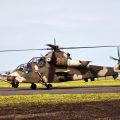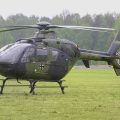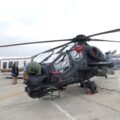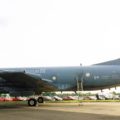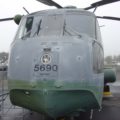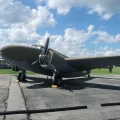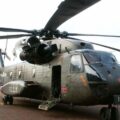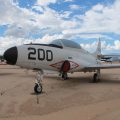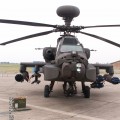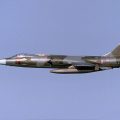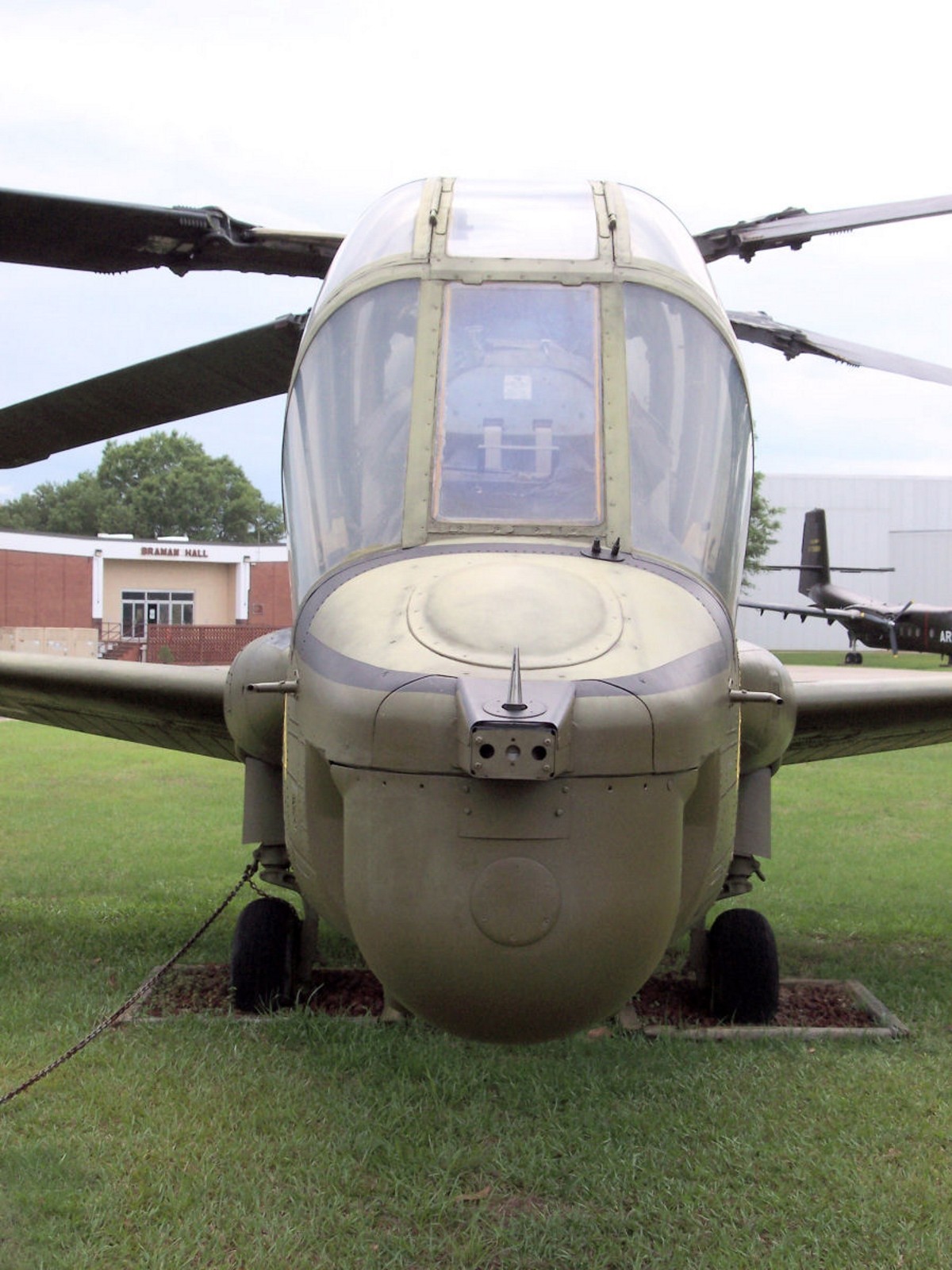
Lockheed AH-56 Cheyenne | |
|---|---|
| 국가 | 미국 |
| 역할 | 공격 헬리콥터 |
| 첫 비행 | 1967년 9월 21일 |
| 내장 | 10 |
Tthe 록히드 AH-56 샤이엔 록히드가 미국 육군을 위해 개발한 공격 헬리콥터였다. 육군의 AAFSS (Advanced Aerial Fire Support System) 프로그램에서 서비스 최초의 전용 공격 헬리콥터를 배치했습니다. 록히드는 4 블레이드 강성 로터 시스템을 사용하여 Cheyenne을 설계하고 항공기를 제너럴 일렉트릭 T64 터보 샤프트 엔진에 의해 구동되는 낮은 장착 날개와 꼬리 장착 추력 프로펠러가있는 복합 헬리콥터로 구성했습니다. Cheyenne은 Bell UH-1 Iroquois와 같은 육군의 수송 헬리콥터에 무장 호위를 제공 할 수있는 고속 대시 능력을 갖추고있었습니다.
소스: 록히드 AH-56 위키백과에 샤이엔
| AH-56 Cheyenne Walk Around | |
|---|---|
| 사진 작가 | 마이크 포틴 |
| 로컬라이제이션 | Unknow |
| 사진 | 22 |
관련 키트:
이베이에서 키트 찾기:
참고 항목:
The Lockheed AH-56 Cheyenne was an advanced attack helicopter developed by Lockheed for the United States Army in the late 1960s. It was designed to be a fast and agile aircraft with a rigid rotor system and a pusher propeller for increased speed and maneuverability. The Cheyenne was also equipped with a sophisticated weapons system that included a 30 mm cannon, anti-tank missiles, rockets, and a gunner’s station in the nose. The Cheyenne was intended to be the Army’s main attack helicopter in the 1970s and 1980s, replacing the AH-1 Cobra and complementing the UH-1 Iroquois.
However, the Cheyenne program faced many technical and political challenges that delayed its development and testing. The rigid rotor system proved to be complex and prone to vibrations, requiring extensive modifications and redesigns. The pusher propeller also caused stability and control issues, especially at low speeds and high altitudes. The weapons system was also complicated and expensive, requiring a large crew of two pilots and two gunners. The Cheyenne also faced competition from the Air Force’s A-10 Thunderbolt II close air support aircraft, which was cheaper and simpler to operate. The Army eventually canceled the Cheyenne program in 1972, after only 10 prototypes had been built and flown. The Cheyenne’s legacy was mixed: it was a visionary and innovative design that pushed the boundaries of helicopter technology, but it was also a costly and troubled project that failed to meet the Army’s expectations and needs.
전망 : 2359



